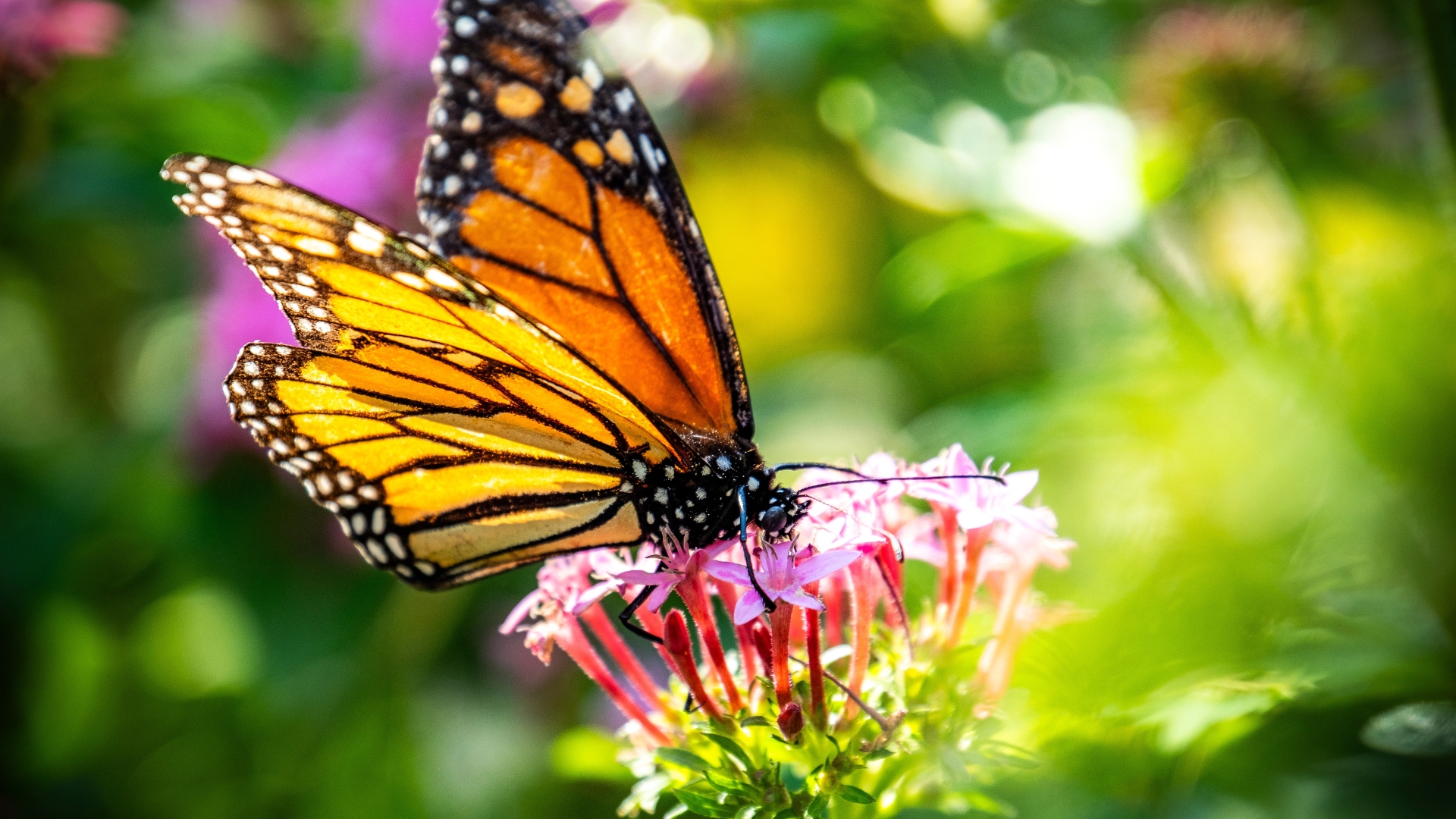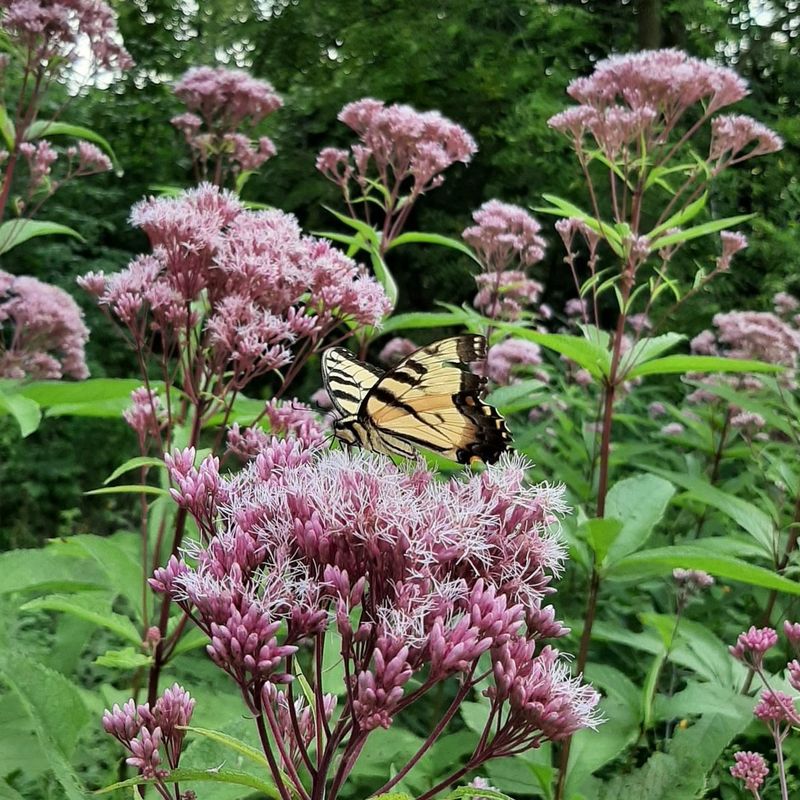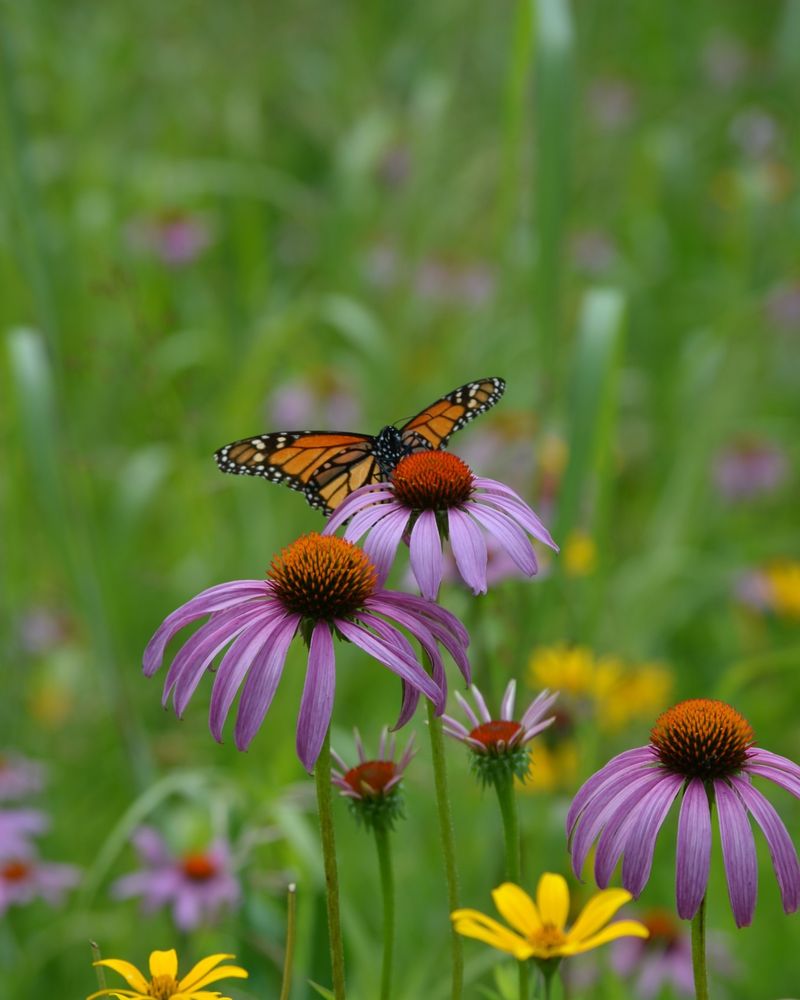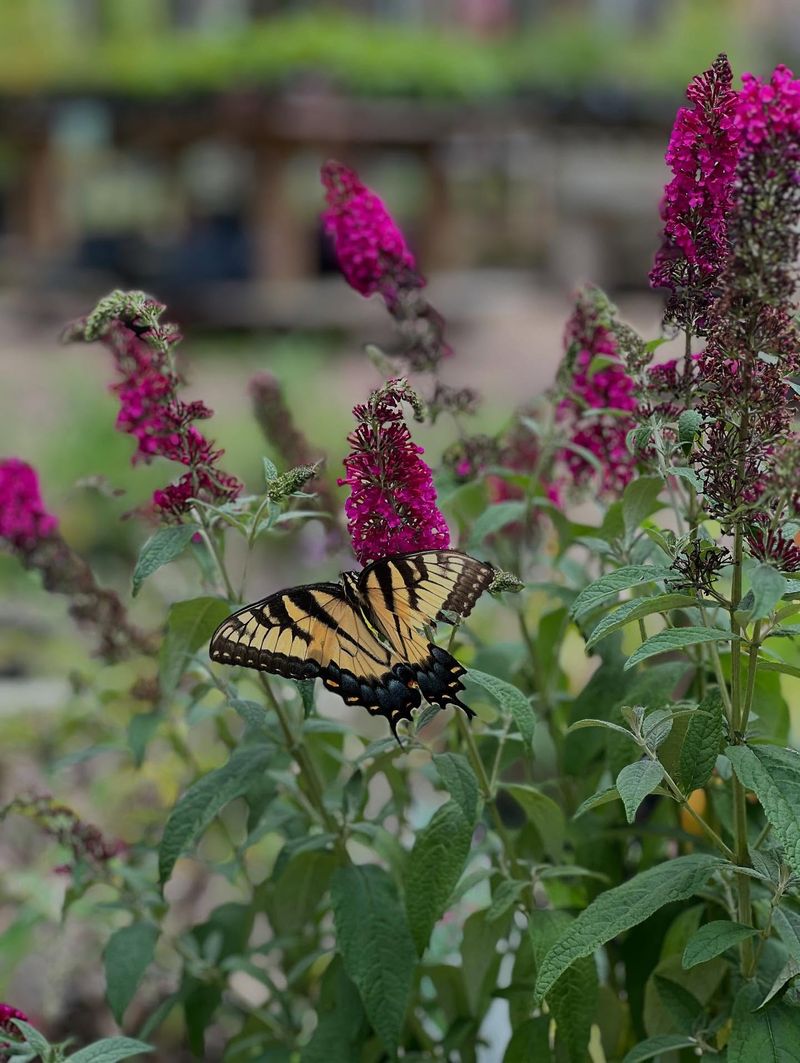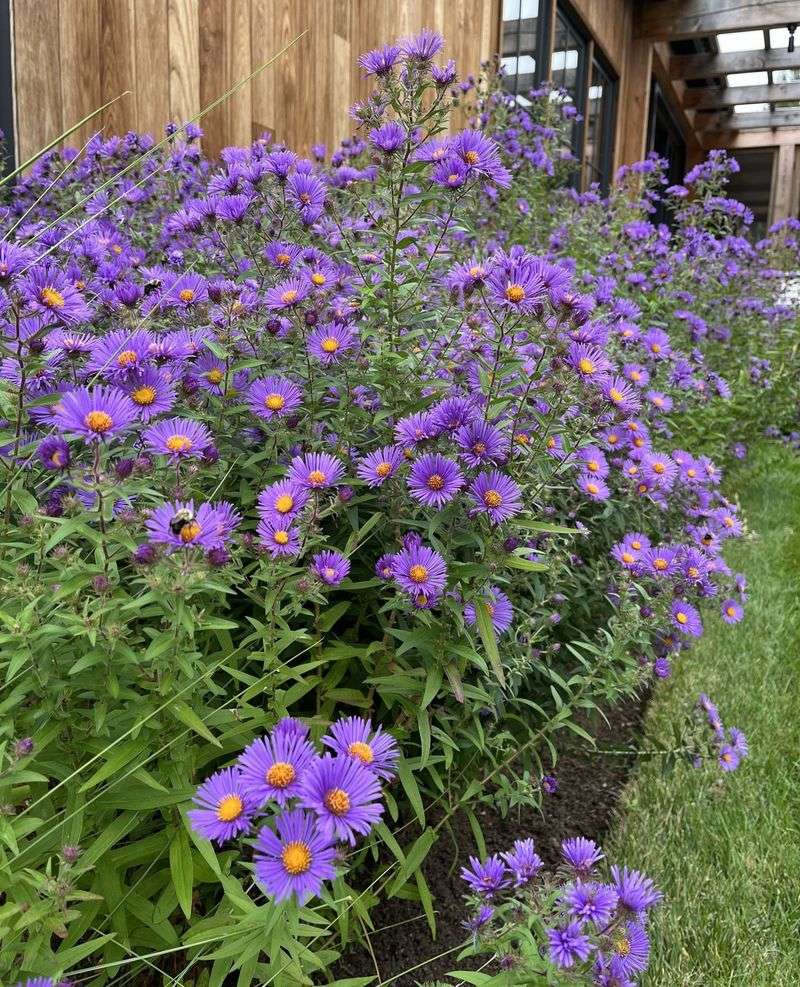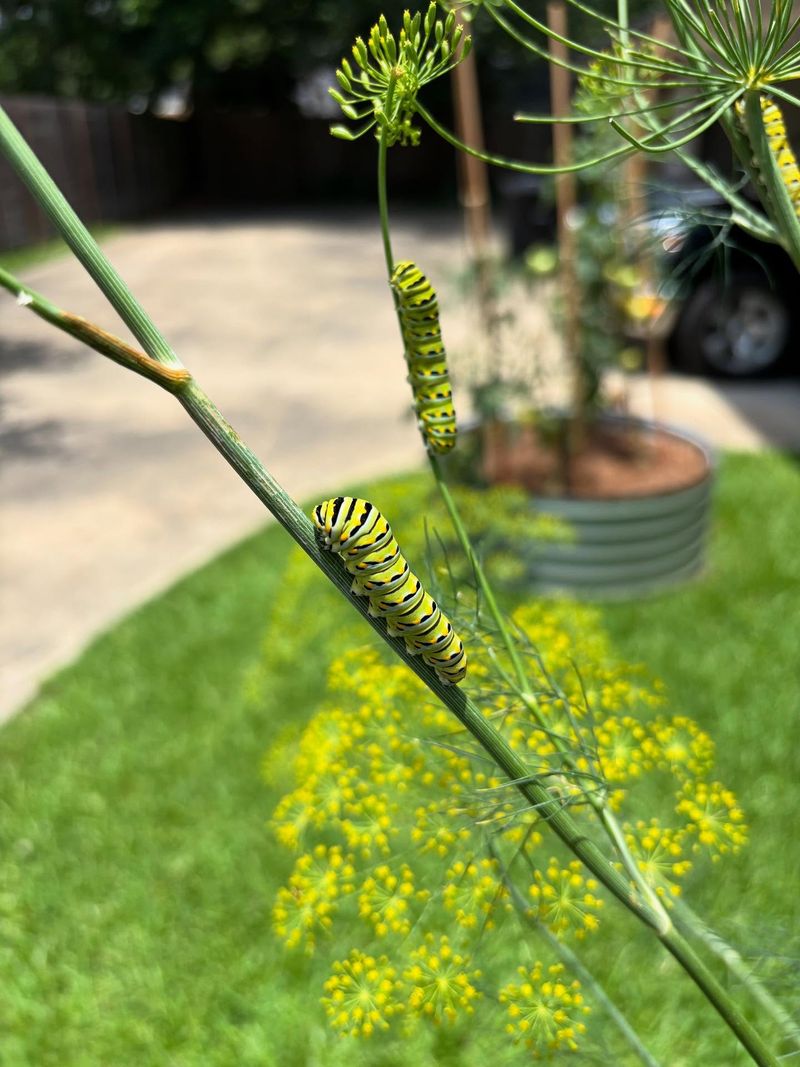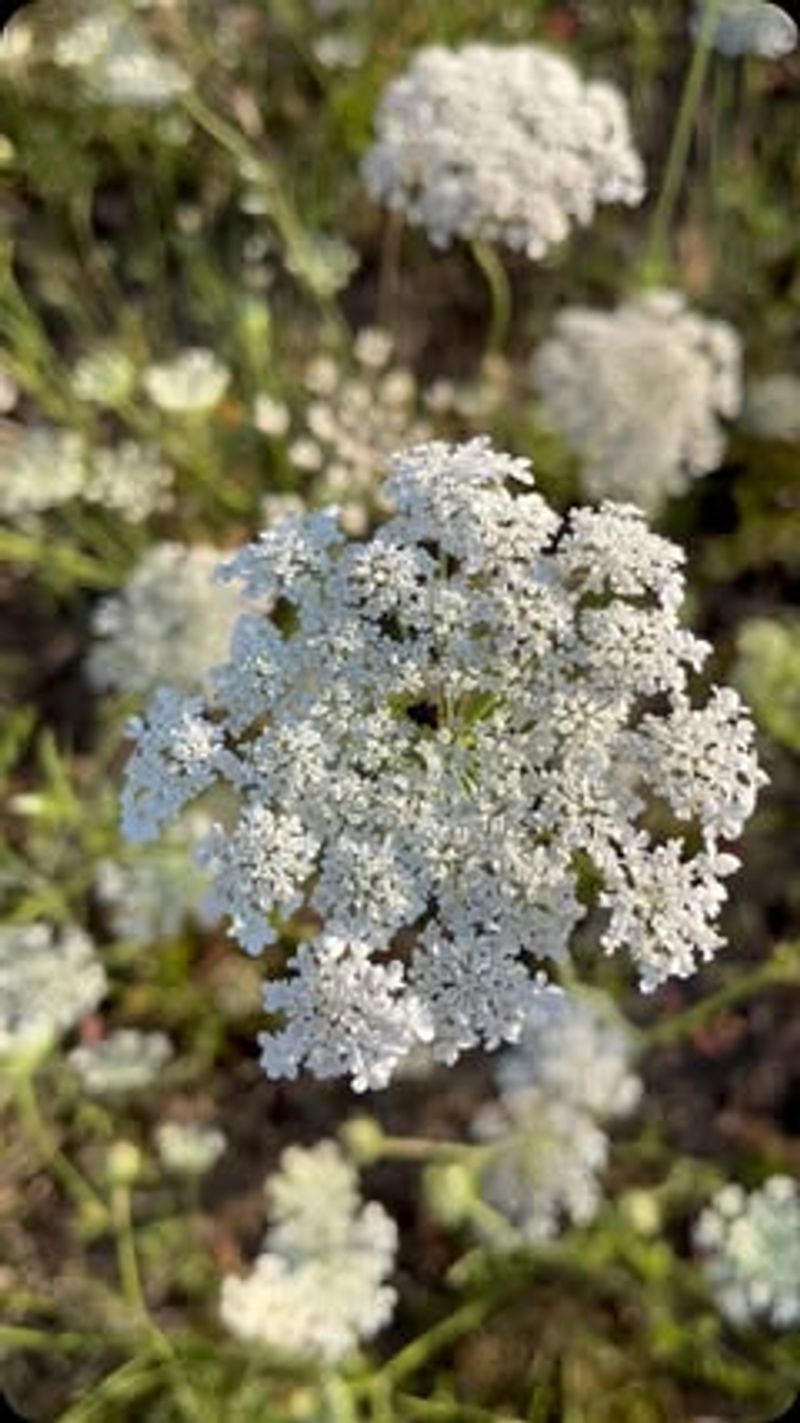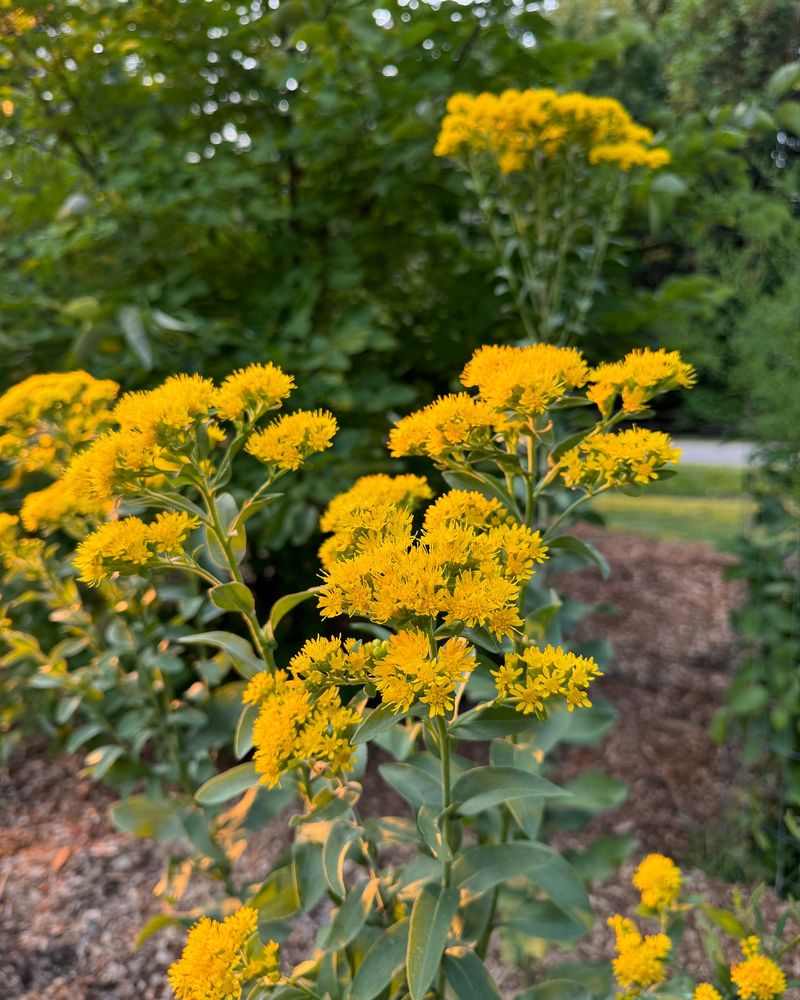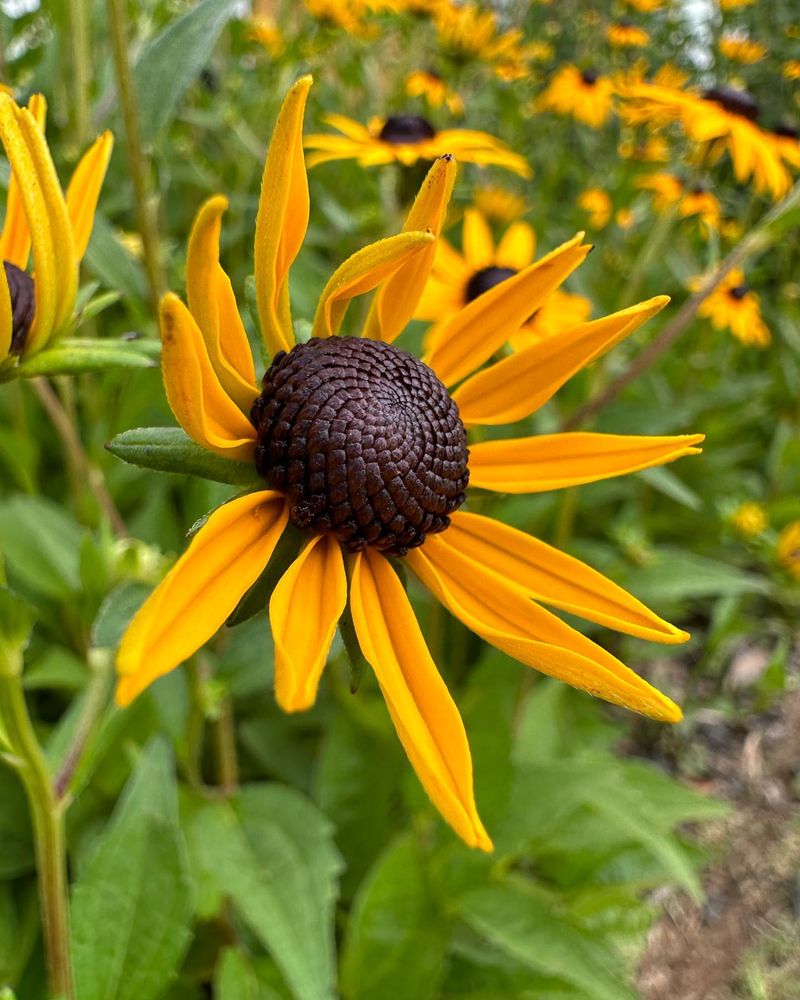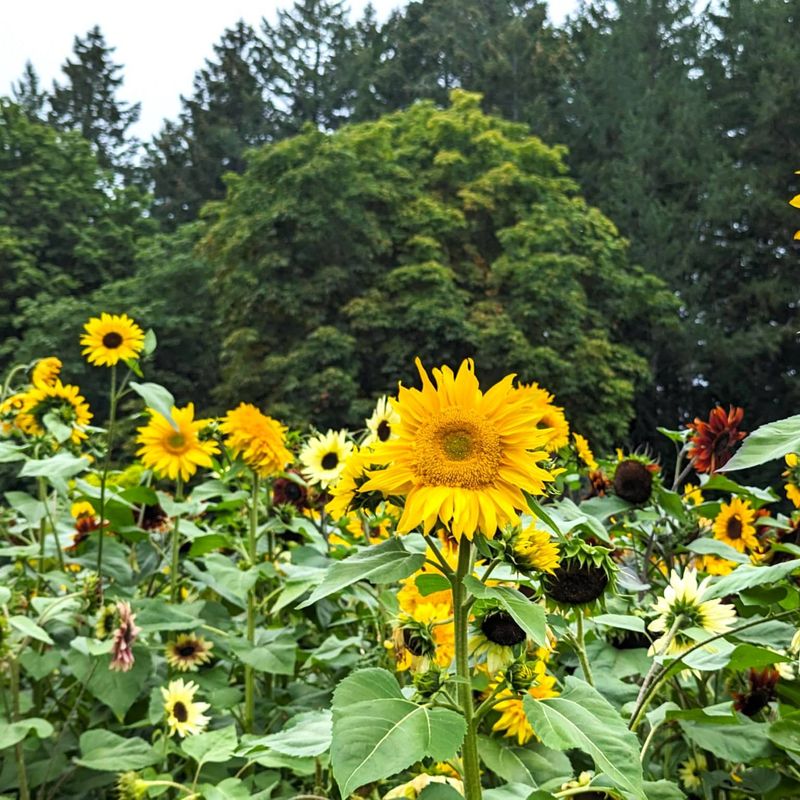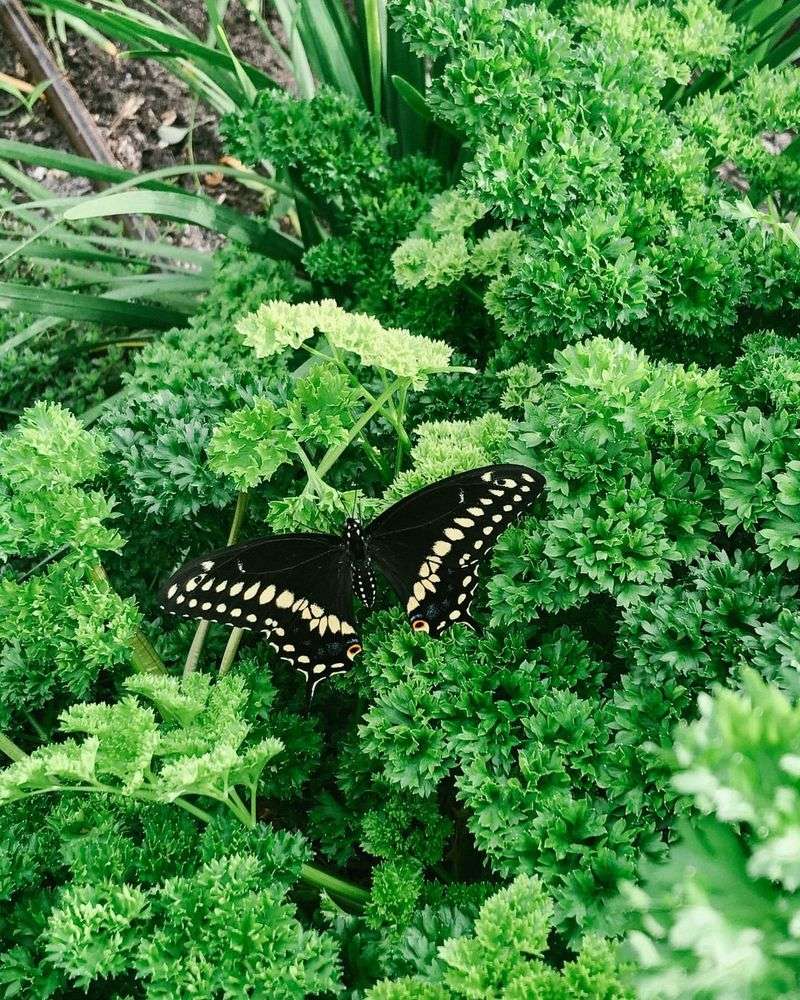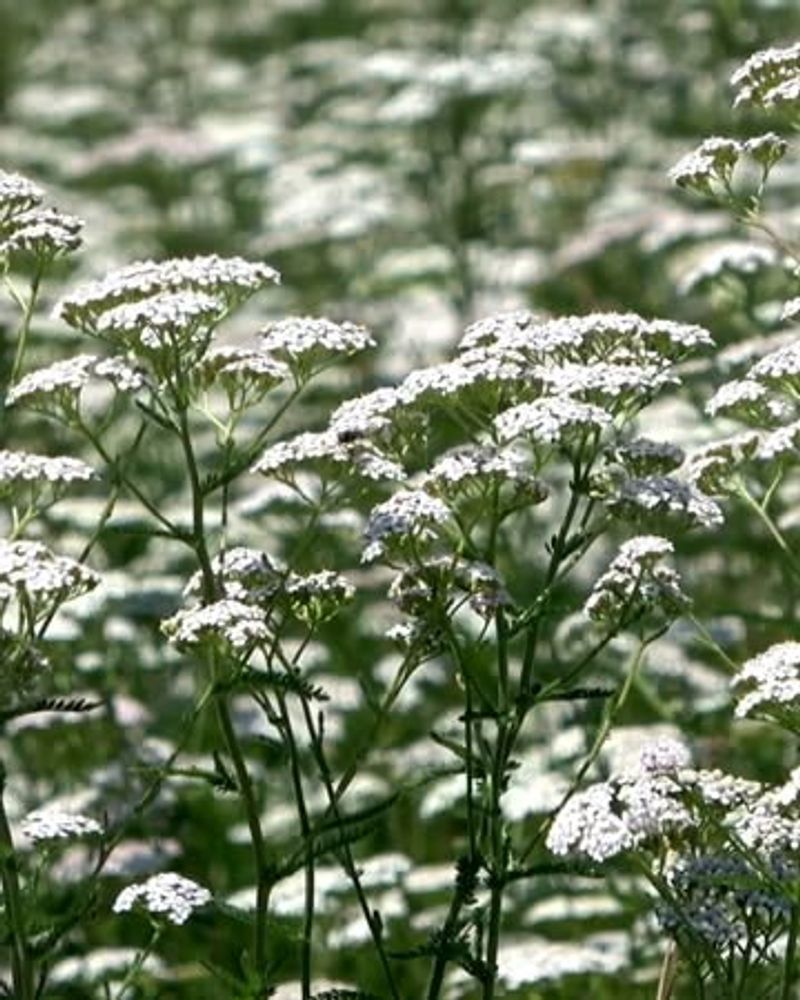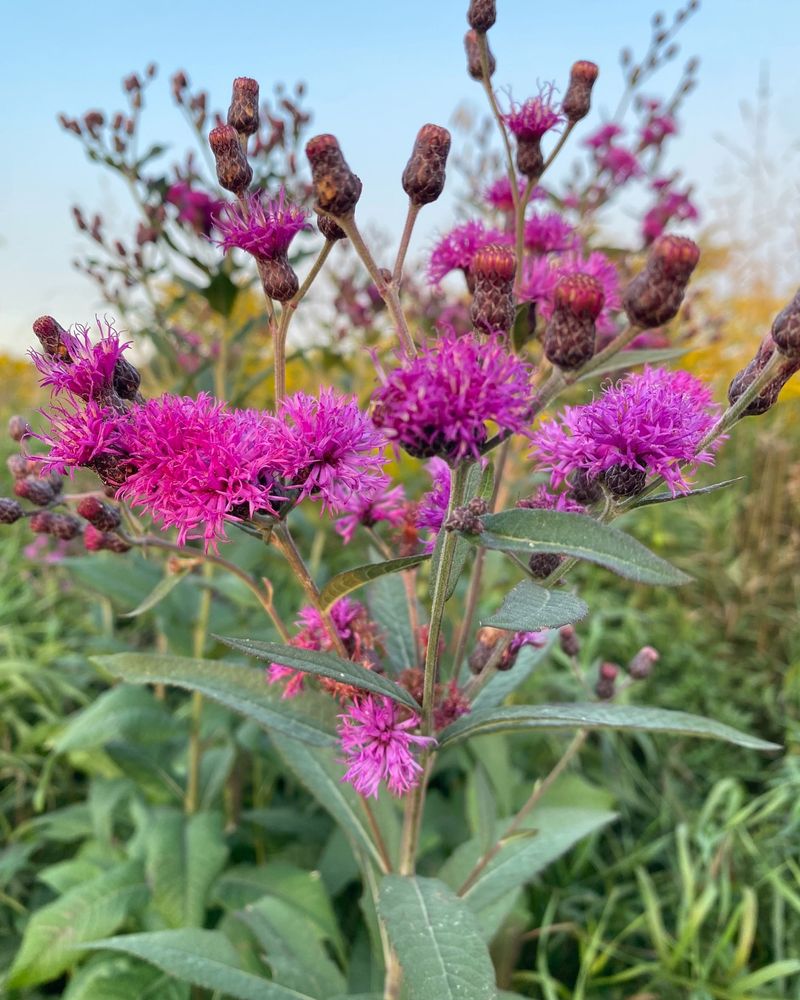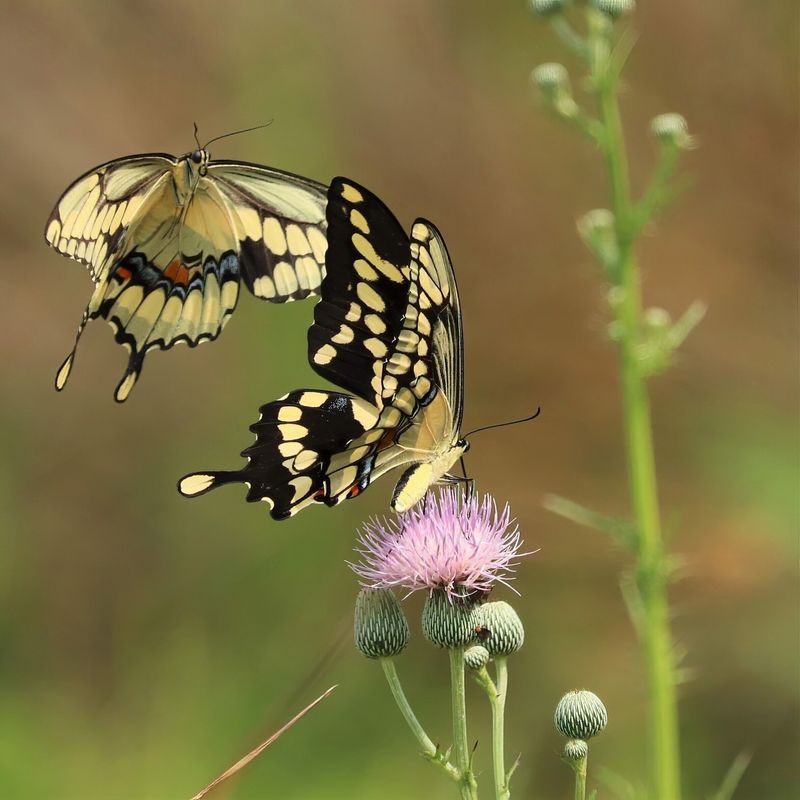If you’re deadheading flowers in your Indiana butterfly garden, you might be accidentally hurting more than helping. Some blossoms are actually the key to keeping those fluttery friends coming back year after year.
It’s a little gardening trick that many don’t know—cutting the wrong blooms can stop butterflies from laying eggs or finding food.
Let’s take a closer look so your garden stays a buzzing, fluttering paradise all season long!
1. Milkweed
The seed pods that form after flowering are crucial for monarch butterfly survival in Indiana. These distinctive pods contain the next generation of plants that will feed hungry caterpillars next season.
Resist the urge to tidy up! Monarchs need milkweed to complete their life cycle, and removing the pods eliminates future habitat for these declining butterflies.
2. Joe-Pye Weed
Those fuzzy seedheads provide vital winter food for native Indiana birds that help control garden pests. The plant’s hollow stems also offer shelter to beneficial insects during cold months.
Many butterfly species rely on Joe-Pye weed as a late-season nectar source. Leaving the spent flowers intact supports the entire ecosystem in your Hoosier garden.
3. Purple Coneflower
Goldfinches and other Indiana birds feast on coneflower seeds throughout fall and winter. The seed heads form after the petals drop, providing essential nutrition during scarce months.
Butterflies like painted ladies and swallowtails need coneflowers for their complete lifecycle. By letting seedheads remain, you’re supporting multiple wildlife species in your Midwest garden.
4. Fennel
Swallowtail butterflies lay eggs specifically on fennel plants throughout Indiana. The caterpillars munch on the feathery foliage before forming chrysalises on the spent flower stalks.
Leaving the brown, dried fennel stems standing provides crucial habitat. Indiana gardeners who cut these back too early might inadvertently destroy butterfly eggs or developing chrysalises.
5. Butterfly Bush
Despite its name, deadheading this plant actually helps butterflies in Indiana gardens. The spent flowers quickly form seeds that take energy away from nectar production.
This is one exception to our list! Indiana gardeners should remove faded blooms to encourage more flowers. Just be sure to leave the final fall blooms intact for overwintering insects.
6. Asters
Fall-blooming asters provide crucial late-season nectar for Indiana’s migrating monarchs. The seedheads that form after flowering feed birds through winter while supporting native bee populations.
Leaving these intact helps numerous species survive Indiana’s cold winters. The seeds naturally disperse to create more butterfly habitat throughout your garden for next season.
7. Dill
Many Indiana gardeners grow dill for culinary use but don’t realize its importance to butterflies. Black swallowtails lay eggs on dill plants, and the developing caterpillars need the flowers and subsequent seedheads.
Allowing dill to complete its lifecycle supports these magnificent butterflies. Throughout Indiana, garden-grown dill serves as a crucial host plant for swallowtail species.
8. Queen Anne’s Lace
This roadside wildflower naturalized across Indiana provides habitat for tiny parasitic wasps that control garden pests. Its distinctive umbrella-shaped seedheads also feed goldfinches and other native birds.
The curled-up seed structures offer shelter to beneficial insects. Many Indiana butterfly species use Queen Anne’s Lace as both nectar source and host plant for their caterpillars.
9. Goldenrod
Contrary to popular belief, goldenrod doesn’t cause hay fever in Indiana residents! Its sticky pollen doesn’t become airborne. The late-blooming flowers feed migrating monarchs preparing for their journey south.
The fluffy seedheads provide nesting material for native bees. Many Indiana butterfly species rely on goldenrod as one of the last available nectar sources before winter arrives.
10. Black-Eyed Susan
The dark central cones of these cheerful flowers transform into seed-filled heads that feed Indiana’s winter birds. Chickadees and finches particularly love picking at the nutritious seeds during cold months.
Many butterfly species use Black-Eyed Susans for nectar. Leaving the seedheads intact helps maintain this Indiana native plant throughout your garden while supporting wildlife year-round.
11. Sunflowers
The massive seedheads of sunflowers feed countless bird species throughout Indiana winters. Many butterfly species, including painted ladies and checkerspots, use sunflower leaves as caterpillar host plants.
Leaving the dried stalks standing provides winter shelter for beneficial insects. Indiana gardeners who cut these back too early miss the opportunity to support wildlife through the harshest months.
12. Parsley
This common kitchen herb serves as a crucial host plant for black swallowtail butterflies across Indiana. Female butterflies specifically seek out parsley to lay their eggs, with caterpillars feeding on the foliage.
Allowing parsley to flower and set seed supports the complete butterfly lifecycle. Indiana gardeners can dedicate a few plants specifically for these beautiful insects rather than harvesting every stem.
13. Yarrow
The flat-topped flower clusters of yarrow provide landing pads for butterflies throughout Indiana summers. As the flowers fade, they transform into seed structures that support beneficial insects and birds.
Yarrow’s strong stems remain standing through winter, creating shelter for overwintering insects. Many Indiana butterfly species use yarrow for both nectar and as protected habitat during harsh weather.
14. Ironweed
This tall native plant produces vibrant purple flowers that monarch butterflies can’t resist during their Indiana migration. The fuzzy seedheads that follow provide food for goldfinches and other small birds.
Ironweed’s strong stems offer winter shelter for beneficial insects. Throughout Indiana’s natural areas, this plant supports numerous butterfly species and forms an essential part of the native ecosystem.
15. Thistles
Native thistles (not the invasive ones) provide crucial nectar for butterflies across Indiana. Their spiny structure protects developing seeds that goldfinches and other birds rely on for winter food.
The fluffy seedheads contain fibers used by hummingbirds for nest building. Indiana gardeners who include native thistles create habitat for numerous beneficial species in their butterfly gardens.

